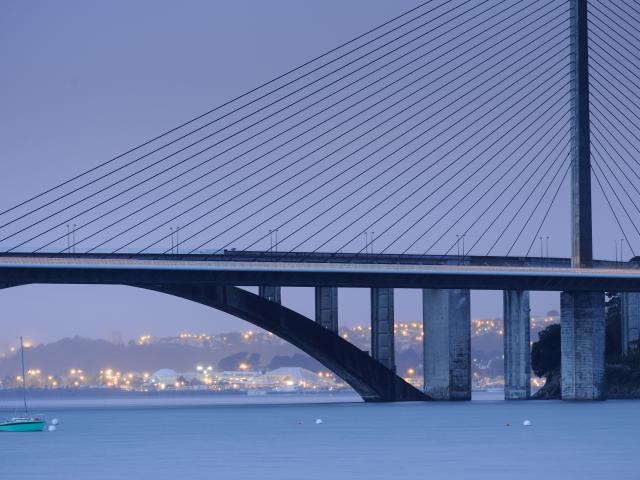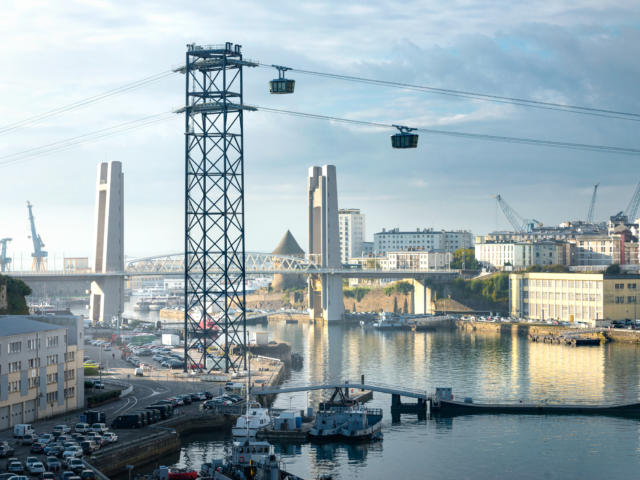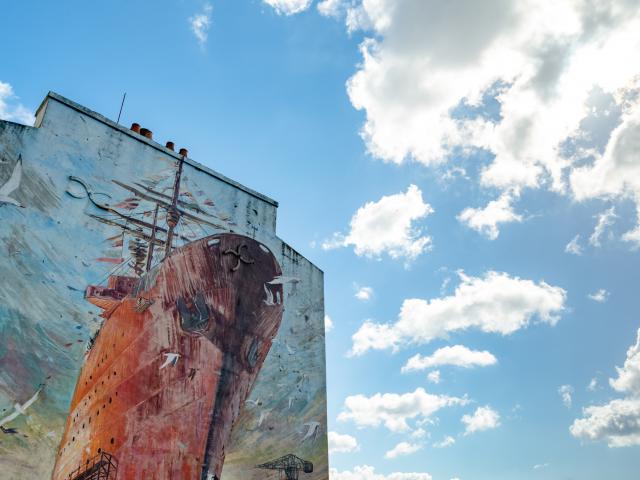Experience Brest
Brest is first and foremost a large port, tucked within a bay beside the Atlantic coast. The bombings of 1944 left the city in ruins, but it has been rebuilt in a fascinating show of modernist, neoclassical, Art Nouveau and Art Deco architecture. As a listed City of Art and History, there’s always something new and different going on in terms of cultural and heritage activities and outings. Looking both seawards and to the future, this is a city at the forefront in more ways than one!
Between two shores
Brest’s streets stretch out in a sloping grid pattern, a bit like a Breton-style San Francisco, with seven districts all with their own distinctive downtown feel. In the middle, a river: the Penfeld. On the left bank, you can wander from Brest’s National Botanical Conservatory to the castle, past the faculty of medicine with its multicoloured façades – in an array of feel-good shades! – and along Rue de Siam. Definitely stop in at PAM, a bustling community venue with all sorts of businesses and coworking spaces, before crossing the Penfeld in the overhead cable-car. Soak up the sweeping views over the ports and Recouvrance Bridge! 3 minutes later you’ll descend at Capucins, a site abuzz with culture, sport, shops, eateries and more, right next to the paved Rue Saint-Malo with its old stone houses. You can’t help but find the whole place charming!
The lowdown on the best places to go
At the mouth of the river, the mediaeval castle, its fantastic National Maritime Museum and its marina. You’ll be spoilt for choice in terms of bars and restaurants (such as Oyster Bar and RemorKeur), bringing a festive atmosphere to the commercial port. Raise a glass to the two ships that are the pride of Brest locals: the Recouvrance and the Abeille-Bourbon. A little further north you’ll find some fabulous eateries and gastropubs by Rue de Lyon, not least Peck&Co and Hinoki, run by one of the few master sushi chefs in France, a former surfer… For evening entertainment, head to one of our iconic concert halls: the Vauban, Quartz or Carène.


